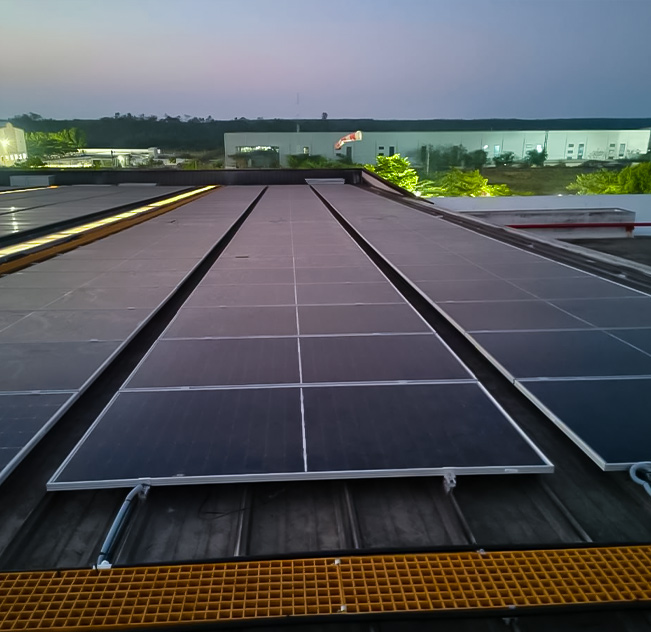Solar OPEX Model
Solar Power Opex, also known as solar power as a service, refers to a financing structure where a solar power system is installed and operated by a third-party provider. In this solar Opex model, the provider retains ownership and bears all upfront costs. The customer, usually a business or organization, pays a predetermined monthly or annual fee for the electricity generated by the solar system. This fee is typically lower than grid electricity costs, offering the customer immediate and tangible savings.
The opex model solar approach enables businesses to adopt clean energy without significant capital investment. It shifts the responsibility of system maintenance, monitoring, and operation to the third-party provider, easing the customer’s operational load. With a solar opex model, customers benefit from a predictable and stable energy cost structure over the term of the agreement.

Advantages of the Solar Power Opex (Operating Expense) Model
Lower upfront costs:
The Opex model of solar allows customers to avoid the substantial upfront expenses generally associated with purchasing and installing solar power systems. Instead, through long-term agreements, the solar provider covers all capital costs and maintains ownership of the system. This structure makes the solar opex model highly attractive for customers seeking to eliminate financial barriers and access solar energy more affordably.
Predictable and stable costs:
With the solar opex model, customers typically pay a fixed monthly or annual fee for the electricity generated. This model ensures consistent pricing, unlike traditional utility rates that fluctuate due to fuel costs or infrastructure changes. The Opex Model Solar Framework helps businesses better forecast and manage long-term energy expenses with confidence.
Maintenance and monitoring included:
A key benefit of the solar opex model is that all system maintenance, monitoring, and repairs are handled by the provider. This removes the technical burden from the customer. Routine inspections, cleaning, and performance optimization are managed by experts, ensuring that the solar system operates efficiently throughout its life cycle.
Performance guarantees:
Providers offering the opex model solar often include performance guarantees. If the system underperforms or fails to meet projected energy outputs, the provider is accountable for resolving the issue or compensating the customer. These guarantees bring added assurance that the solar opex model will deliver on its promised results and savings.
Flexibility and scalability:
The solar opex model allows businesses to scale solar power capacity up or down based on changing energy demands. Need more capacity? The provider can expand the system. Using less energy? The system can be adjusted accordingly. This flexibility within the opex model of solar ensures that solar investments align with evolving operational needs.
It’s important to note that the specific terms and benefits of the Solar Opex model can vary between providers and contracts. Therefore, it’s recommended to carefully review the terms and conditions of any agreement to fully understand the advantages and limitations before entering into such a contract.
